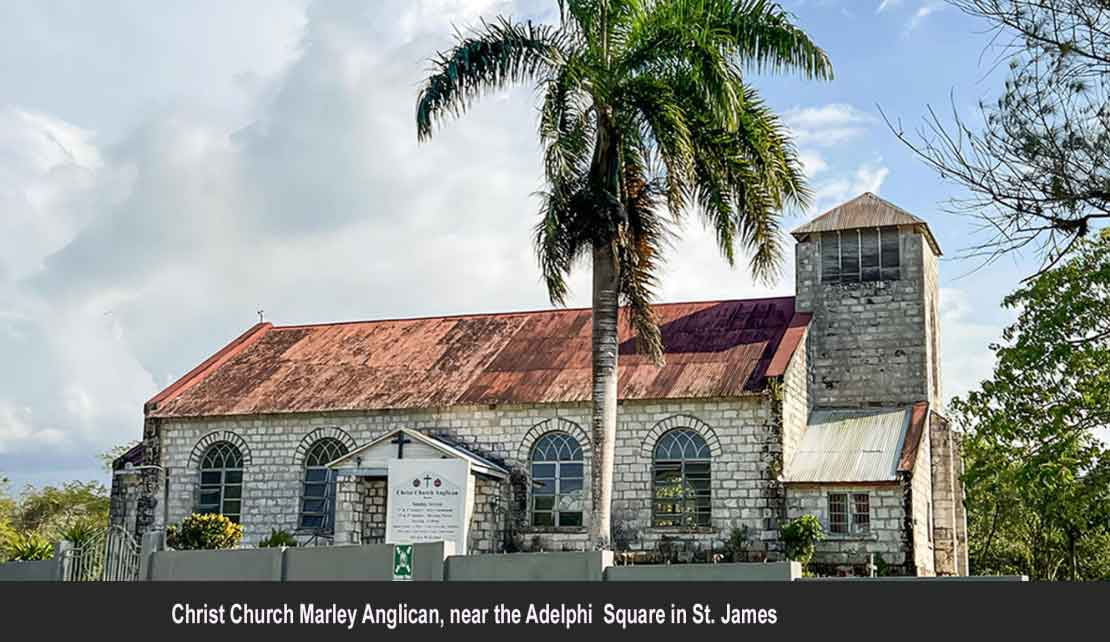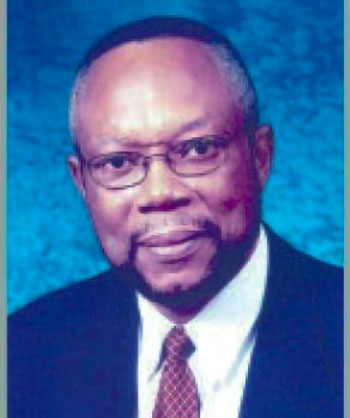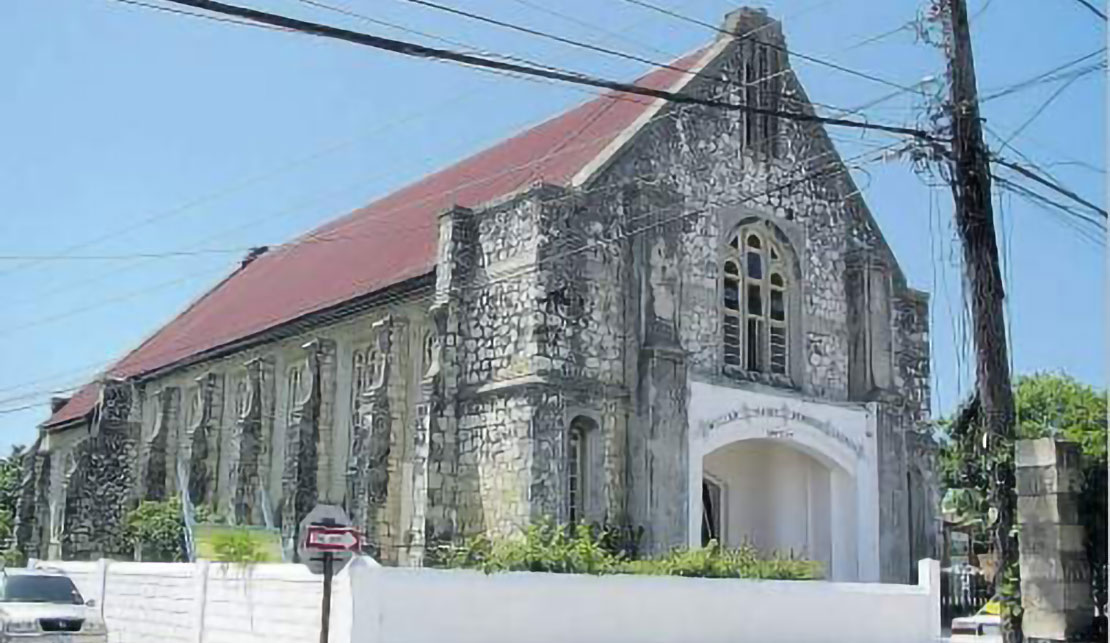JAMAICA | That slave massacre at Lima, Adelphi, St James in 1832

AFTER the December 27 Sam Sharpe War of 1831-32, over 200 black people, all slaves — women and men — were rounded up by the British Militia and shot in cold blood in the square at Lima, near Adelphi in St James. No other bloodshed in both the colonial and modern history of Jamaica ever came close to the 'Infamy at Lima' — the official name given by regional archivist for the Anglophone Caribbean, Clinton V Black (not his real name), to that numbing experiential page in the history of western Jamaica in particular.
The shame of the ruling planter class and their accomplices were palpable as the attempted cover-up of this vigilante mass murder went unnoticed for many years until scholars from the bowels of the people began to unearth our 'hidden heritage' which clearly was never intended to have been told.
The 'hidden hand' of the ruling planter class and their descendants manipulated what kind of history education the children of the ex-slave must not get by way of an 'approved' curriculum. During the operation by the colonial authorities in that mass murder, religious services were suspended at the Anglican church in Adelphi, as the use of the building changed to a military barracks and a jail.

This counter offensive to the Sam Sharpe rebellion was led by an organisation called the Colonial Church Union — an equivalent of the Klu Klux Klan in the United States of America.
Its leader was the rector of the St Ann Parish Church, Rev GW Bridges, with other priests of the Anglican Church in the west, planters and the local militia based in Haddo in Hanover and Barracks Road, Montego Bay; with a horde of vicious bloodhounds and the western Maroons, augmented by their eastern counterparts who landed by ship in Falmouth from Crawford Town, Charles Town and Moore Town (formerly Nanny Town) used to track and kill our ancestors in the mountainous countryside.
The Maroons were paid 50 pounds for every Sam Sharpe rebel captured — or the production of a matching pair of ears signalling proof of death — for a 1831-32 rebel.
Many of the non-conformist preachers — Baptists, Moravians, Presbyterians and Methodists were not on the side of the slaves as the orthodox history tried to convince us and reinforced.
This was a cleverly planned propaganda plot to secured white missionaries place in English history as emancipators and defenders of black people. This carefully crafted piece of public relations stunt push to the curb powerful black emancipators, ex-slaves in England: Ignatius Sancho, Ottobah Cugoano and Olaudah Equiano, et al who were part of a group called 'The 12 sons of Africa' — key advisors to William Wilberforce, et al, … based particularly in London and Liverpool.
History was being creatively and selectively put together. And in Jamaica the recorded bias was just as shameful, in that the original and foundational black preachers George Lyle, Moses Baker, George Gibbs, Thomas Swigle, among others, were ignored in favour of the white missionaries —Knibb, Burchell and Phillipo et al, who arrived here a minimum of 41 years later after the Baptist work was already firmly established in Jamaica, and an average of 14 years at the tail end of 168 years of British slavery in Jamaica.

It also left out how William Knibb on January 7, 1832, gave his church in Falmouth to the St Ann Militia, led by Major General John Gaynor, to be used as a military barracks and a jail to fight the slaves in the rebellion. It was the only Baptist church that was so used and, therefore, readers should take special and careful note.
Sibley left out also how both Burchell and Knibb were plantation owners with Knibb's 79-acre property at Grumble Pen, later changed to Granville in Trelawny in 1838, on which he raised horses even for the local racehorse industry.
Thomas Burchell owned Sandy Bay plantation in Hanover. Both Burchell and Knibb sold their properties to the London Land Bank run by the Quakers and the members of the Anti-Slavery Society. The slaves never knew this and thought that Knibb, out of the goodness of his heart, was making his entire 79-acre plantation as a freedom village to them for resettlement at their upcoming emancipation.
Then, Knibb and his right hand men — also in the dark about the Knibb's London land deal — members of the Falmouth Baptist Church, harangued the congregation to give Knibb free land in Duncans, Trelawny — the “gift” he named after his birthplace in England, Kettering.
The slaves were intermittently betrayed by many of these missionaries in the Baptist movement and without, including Henry Bleby of the Methodists and Hope Masterton Waddell of the Presbyterian churches. Apart from being warned on leaving England for their mission not to interfere in the internal politics of the colony (code meaning: turn a blind eye to slavery) to which they were assigned.
The missionaries who sat on the plantation owners 'eyelids' were, for the most part, guests of owners of the sugar works — do go to Knibb's speech at Spa Field Chapel public meeting June 21, 1832, where he admitted and confessed that he and other missionaries were cooperating with the slave system as long as they had the freedom to preach. Now that they could not preach, he wanted an immediate end to slavery. Imagine that!
The St Ann's Militia destroyed Knibb's church on Feburary 8, 1832, as they vacated the compound. By this time Knibb became hopping and bitterly mad! No longer were the slaves to be patient and wait on God's divine providence to end their enslavement since pastor Knibb had now lost his church. It is to be noted also that these plantation owners not only provided accommodation for most of the missionaries to live but they provided the building in which church services were held.
Social control of the slaves, our ancestors, took place on three levels. Firstly, the planters control of the cooperating missionaries; secondly, the hard approach through the chopping off of limbs, beatings, gilding, hanging, treadmill, burning alive (lynching), and shooting of the slaves; and thirdly, the soft control by mind manipulation and of religious education skewed towards the doctrine of contentment even in the face of psychological and physical cruelty.
Our ancestors were taught by the white missionaries, the planters' wing men, that they must be thankful for their wretched state; for if they can endure, a mansion would be prepared in Heaven when they die, where they will be in constant companion with the angels (go to Cotton Mather 1712, Rules of the Negro Society).
This was nothing more than a blatant misuse of Christianity as a religion of justice, fairness, mercy and unconditional love. Not many of our ancestors bought into that diabolical scheme to skilfully perpetuate their enslavement — a fact which was evidenced by the multiplicity of slave rebellions.
Their strong Myalist beliefs caused them to see European slavery as an evil that must be destroyed. One positive outcome of the fatalism of slavery, some will argue, is that of the uptempo negro spiritual songs of hope used in our churches today, originated from that programme of religious indoctrination for the wrong set of reasons.
But there were several secular songs also of defiance, such as Back to Back, Belly to Belly … I don't care a Damn … for me done dead aready! In the aftermath of the 1831-32 slave rebellion, the recriminations against the slaves were unimaginable, as they were shot on sight as the Colonial Church Union members, armed with their wretched weapons and attack dogs, roamed the countryside searching for suspects.
At Ducketts near Cambridge in St James, slave Patrick Ellis was ordered to 'freeze', but he refused, declaring as he bared his chest: “I am ready, you can fire your volley, shoot me because I will no longer live another day as a slave”. As he continued walking towards the snipers, he was greeted with a bullet between his eyes. Ellis was no more, but so was his enslavement.
Tacky's Easter Monday Rebellion in 1760 in St Mary and the Sam Sharpe Christmas Rebellion of 1831-32 were both packed with Christian as well as solid Myalist symbolisms in a continuum of the relentless struggle of our foreparents for freedom and dignity.
I believe we were on their minds, and expect some of us to clean up the piles of disrespectful, insulting nonsense and lying foolishness masquerading as Jamaican history. Professors Rex Nettleford, Orlando Patterson, Richard Hart, Kamu Braithwaite and, Baptist pastors Clement Gayle (Book: George Liele….. Pioneer Missionary to Jamaica), Alfred Lane Pugh (Book: Pioneer Preachers in Paradise) among others, have laid a solid foundation upon which others must build.
Our ancestors knew that this day would have come — welcome to the dawn of a brand new day, historically. May the God of our forefathers be praised and all His children, Jews and Gentiles, jailed and jailer, be lifted up in this the second phase of our mutual liberation! Yes! For the truth shall set men free.
The preceding article is published on https://www.wiredja.com, courtesy of the author, Shalman Scott. It was first published by the Jamaica Observer. The original article can be read at the following address: https://www.jamaicaobserver.com/news/that-slave-massacre-at-lima-adelphi-st-james-in-1832_126207.
